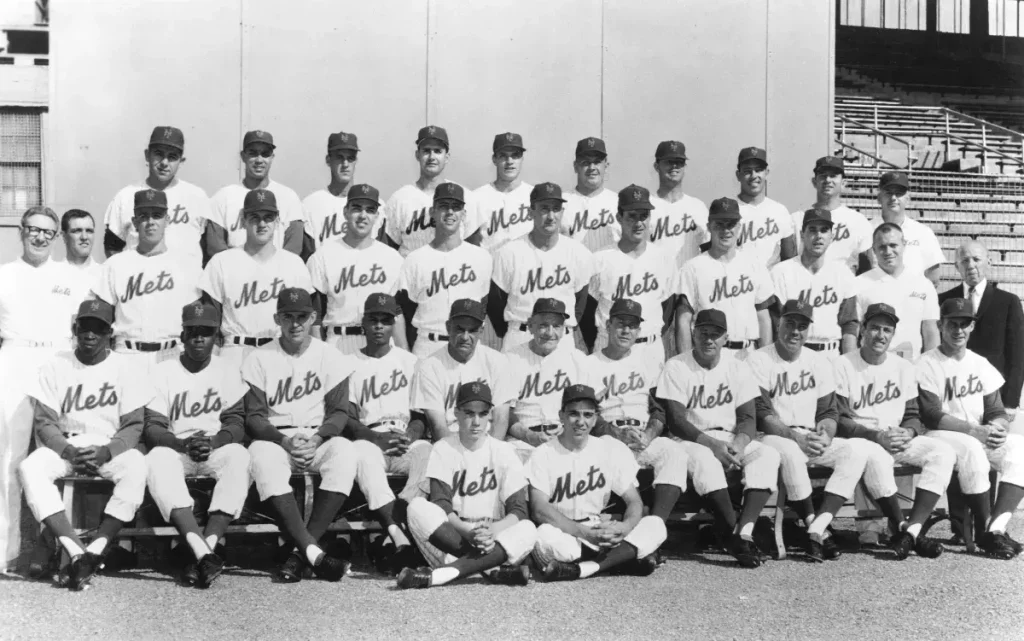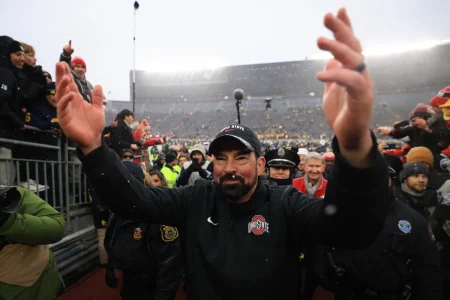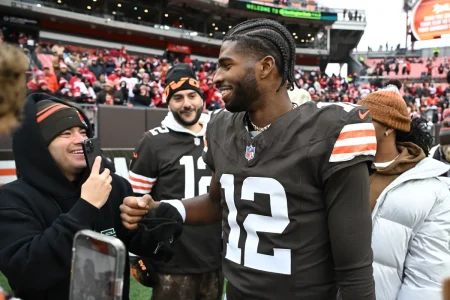Larry Burright: A Life Beyond the Diamond
Larry Burright, a former infielder who played for the Los Angeles Dodgers and New York Mets in the early 1960s, passed away Tuesday at the age of 88 after a short illness. Though his major league career spanned just three seasons, Burright’s journey through professional baseball offers a glimpse into the rapidly changing landscape of America’s pastime during that era. Born in Roseville, Illinois, Burright’s family eventually settled in Alhambra, California—ironically close to what would become Dodger Stadium, where he would later play professionally. As a multi-talented athlete, he excelled in both baseball and basketball at Fullerton College before signing with the Brooklyn Dodgers organization in 1957, just as the historic franchise was preparing for its move west to Los Angeles.
Burright’s path to the majors began in the lower rungs of the minor leagues, assigned to the Class D Thomasville team in the Georgia-Florida League. After working his way up through the farm system, he finally reached the big leagues in 1962 with the Los Angeles Dodgers. That season marked a high point for the Dodgers, who won an impressive 102 games under legendary manager Walter Alston. Though primarily utilized as a defensive substitute in a talented Dodger infield, Burright appeared in 115 games during his rookie campaign, hitting .205 with four home runs and 30 RBIs across 276 plate appearances. Despite his contributions, the presence of established stars Jim Gilliam and Maury Wills limited Burright’s opportunities for regular playing time.
The trajectory of Burright’s career took a dramatic turn when the Dodgers traded him to the New York Mets on November 30, 1962, receiving pitcher Bob Miller in return. This move represented a stark contrast in fortunes for the young infielder—from a pennant contender to an expansion team coming off one of the worst seasons in baseball history. The 1962 Mets had lost an astounding 120 games in their inaugural season, setting a modern MLB record for futility. Joining the struggling franchise for the 1963 season, Burright actually became one of the team’s more reliable performers, hitting .220 across 41 games—slightly above the team’s collective .219 average. The Mets continued to struggle that year, losing 111 games while Burright split time between the majors and Triple-A Buffalo.
The 1964 season would mark the end of Burright’s major league journey. He appeared in just three games with the Mets before finishing the season with the San Diego Padres, then a minor league team in the Pacific Coast League. Although his professional baseball career concluded after just a few seasons, Burright’s experience reflected the realities faced by many players of his generation—the transition from prospect to utility player to former major leaguer often happened quickly in an era with fewer teams and roster spots. His story also captures a unique moment in baseball history: the expansion of the National League, the Dodgers’ early years in Los Angeles, and the growing pains of the fledgling Mets franchise.
After hanging up his cleats, Burright settled in Glendora, California, not far from where he had played as a Dodger. According to Dodgers team historian Mark Langill, he pursued a career in carpentry after baseball—trading one skilled craft for another. Though no longer in the spotlight, Burright maintained his connections to the Dodgers organization, regularly attending team reunions and special events. He was notably present for the 40th anniversary celebration of Dodger Stadium on Opening Day in 2002, commemorating the ballpark where he had once patrolled the infield. His continued presence at these gatherings demonstrated the lasting bonds formed during his playing days and the special place reserved for former players in the Dodger family.
Larry Burright’s passing represents the loss of another link to baseball’s past—a time when the major leagues were still expanding westward, when legendary teams were building dynasties, and when new franchises were establishing their identities. Though his career statistics may not place him among the game’s immortals, Burright lived the dream of countless young athletes: reaching the major leagues, playing alongside future Hall of Famers, and contributing to the rich tapestry of baseball history. His journey from small-town Illinois to the bright lights of Los Angeles and New York, followed by decades of life beyond baseball, reminds us that for most players, even at the highest level, the game represents just one chapter in a much longer and more diverse life story. As baseball continues to evolve, figures like Burright help us remember and appreciate the individuals who briefly graced the game’s biggest stage before returning to lives of quiet dignity away from the roaring crowds.















